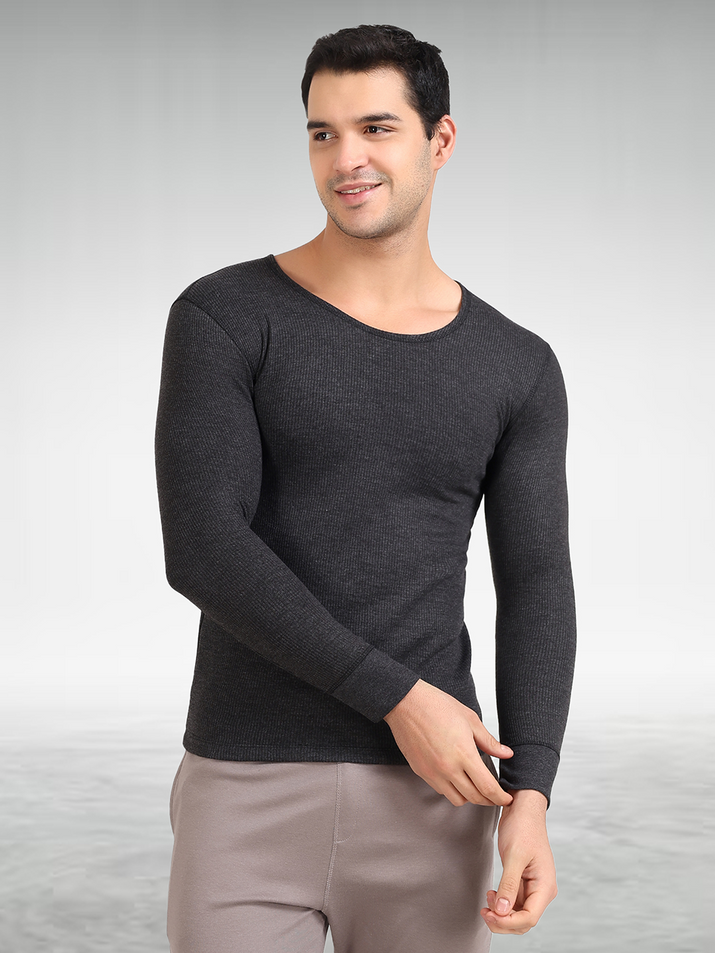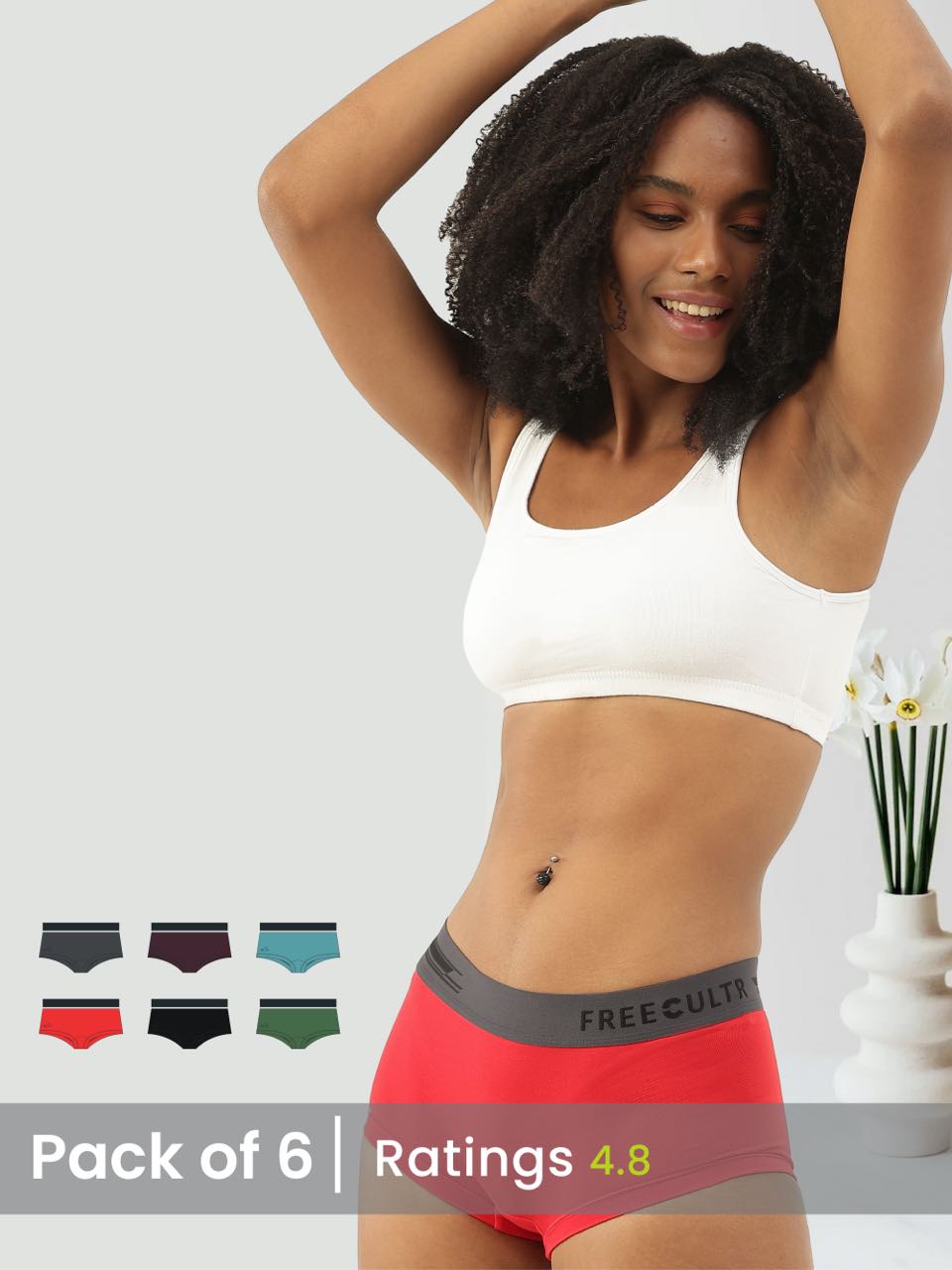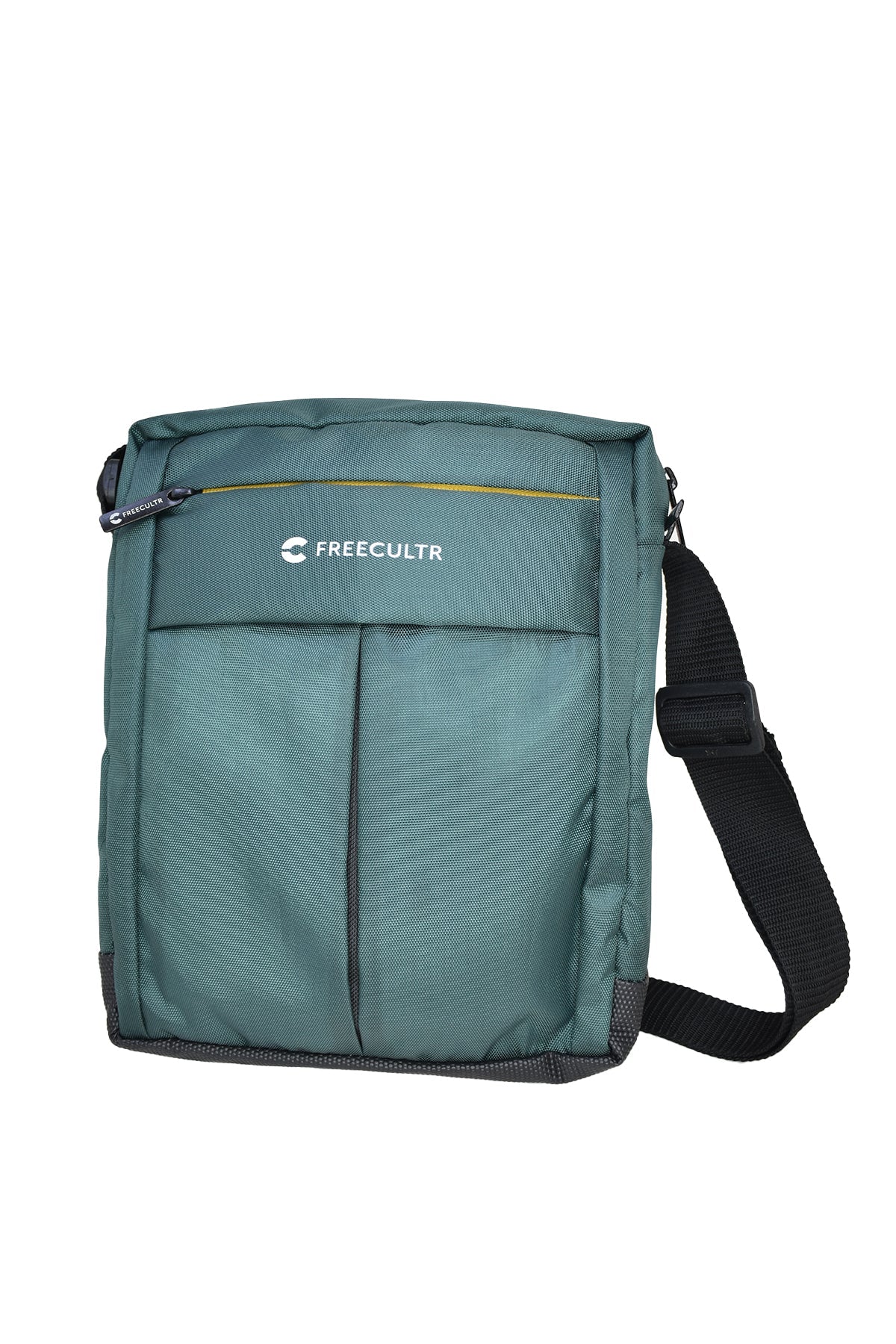- sleeves
- sleeves

The Unsung Hero: Understanding the Modern Sleeve
The humble arm sleeve has evolved significantly from a simple piece of fabric designed for warmth or modesty. Today, advanced performance sleeves are engineered pieces of athletic and outdoor gear, offering a complex blend of protection, comfort. Performance enhancement. These specialized garments are crafted using innovative textiles and design principles to meet the rigorous demands of athletes, outdoor enthusiasts. Even individuals seeking everyday health benefits. Far from being just an accessory, modern sleeves are integral components of protective and performance-enhancing apparel, leveraging scientific advancements to deliver tangible advantages to the wearer. They are designed to adapt to various environmental conditions and activity levels, making them a versatile tool for anyone spending time outdoors or engaging in physical exertion.Sun Protection: A Critical Health Benefit of Sleeves
One of the most compelling reasons to utilize performance sleeves is their superior sun protection capabilities. Prolonged exposure to the sun's ultraviolet (UV) radiation poses significant health risks, including sunburn, premature skin aging. An increased risk of skin cancer.The Science of UV Radiation
UV radiation is categorized into three main types:
- UVA Rays These rays penetrate deeply into the skin, contributing to premature aging, wrinkles. Playing a role in skin cancer development. They are present year-round and can penetrate clouds and glass.
- UVB Rays
- UVC Rays These are the most dangerous but are typically absorbed by the Earth's ozone layer and do not reach the surface in significant amounts.
Both UVA and UVB rays can damage skin cell DNA, leading to a breakdown of collagen and elastin. Increasing the risk of cancerous mutations.
UPF Explained: Ultraviolet Protection Factor
Unlike SPF (Sun Protection Factor) which measures a sunscreen's effectiveness against UVB rays, UPF (Ultraviolet Protection Factor) measures a fabric's ability to block both UVA and UVB radiation. A UPF rating indicates how much of the sun's UV radiation a fabric allows to pass through.
| UPF Rating | UV Blocked | Protection Category |
|---|---|---|
| 15 – 24 | 93. 3% – 95. 9% | Good |
| 25 – 39 | 96. 0% – 97. 4% | Very Good |
| 40 – 50+ | 97. 5% – 98%+ | Excellent |
For optimal sun protection, experts recommend choosing fabrics with a UPF rating of 30 or higher. Many high-quality performance sleeves boast UPF 50+, blocking over 98% of harmful UV rays.
How Sleeves Provide Protection
The protective qualities of sun-protective sleeves stem from several factors:
- Fabric Weave Densely woven fabrics, like those found in many performance sleeves, inherently block more UV radiation than loosely woven ones. Tighter weaves leave fewer gaps for UV light to penetrate.
- Material Composition
- Dyes and Treatments Darker or more vibrant colors often absorb more UV radiation than lighter ones. Also, some fabrics are treated with UV-absorbing chemicals (titanium dioxide, zinc oxide) during the manufacturing process to enhance their protective capabilities without altering the fabric's feel.
For individuals like cyclists, runners, hikers, or even construction workers, wearing UPF-rated sleeves can significantly reduce direct sun exposure on the arms, a common area for sun damage. This proactive measure not only prevents immediate discomfort from sunburn but also contributes to long-term skin health, mitigating risks associated with cumulative UV exposure.
Enhanced Performance: Beyond Just Protection
Beyond their sun-blocking prowess, performance sleeves are engineered to enhance athletic performance and recovery through various mechanisms.Compression Technology
Compression sleeves are designed to apply graduated pressure to the arm, meaning the pressure is tighter around the wrist and gradually decreases towards the bicep. This strategic compression offers several physiological benefits:
- Improved Blood Circulation The gentle pressure helps to push deoxygenated blood back towards the heart more efficiently, improving venous return. This can lead to better oxygen delivery to working muscles and faster removal of metabolic waste products like lactic acid.
- Reduced Muscle Vibration
- Faster Recovery By enhancing blood flow and reducing muscle oscillation, compression sleeves can accelerate the recovery process post-exercise, leading to less delayed onset muscle soreness (DOMS) and quicker readiness for the next session.
- sleeves
- sleeves
Moisture-Wicking and Temperature Regulation
Modern performance sleeves are typically made from advanced synthetic fabrics (e. G. , polyester, nylon, elastane blends) that possess excellent moisture-wicking properties. These fabrics are engineered with tiny channels that draw sweat away from the skin's surface to the outer layer of the fabric, where it can evaporate quickly.
- Evaporative Cooling This process of evaporation helps to dissipate heat from the body, providing a cooling effect in warm conditions. This is crucial for maintaining core body temperature and preventing overheating during intense physical activity.
- Thermal Regulation
This dual functionality ensures comfort and optimal performance across a range of temperatures and humidity levels, making sleeves suitable for year-round use.
Abrasion and Minor Injury Protection
- sleeves
- sleeves
Choosing the Right Sleeves: Factors to Consider
Selecting the ideal pair of performance sleeves involves considering your specific needs and the features offered by various products.Material Composition
Most performance sleeves are made from blends of synthetic fibers such as polyester, nylon. Spandex (Lycra). Each contributes unique properties:
- Polyester Durable, moisture-wicking. Resistant to shrinking and stretching. Excellent for wicking sweat.
- Nylon
- Spandex (Lycra/Elastane) Provides stretch and recovery, ensuring a snug yet comfortable fit that retains its shape. Essential for compression.
Some specialized sleeves might incorporate natural fibers like merino wool for enhanced temperature regulation and odor resistance, especially for multi-day use.
UPF Rating
Always look for the UPF rating on the product label. For reliable sun protection, aim for sleeves with a UPF 30+ or, ideally, UPF 50+. This ensures that your arms are adequately shielded from the sun's harmful rays.
Compression Level
Compression levels are often measured in millimeters of mercury (mmHg) or described as light, medium, or firm. For general athletic use, a comfortable level of compression that isn't restrictive is usually sufficient. For specific medical conditions, a doctor might recommend a precise mmHg level. Graduated compression is generally preferred for optimal blood flow.
Fit and Sizing
Proper fit is paramount for the effectiveness of sleeves, especially compression ones. Too loose. They won't provide the intended benefits; too tight. They can restrict circulation or cause discomfort. Most brands provide sizing charts based on arm circumference (at the bicep and wrist) and length. Always measure your arms and consult the brand's specific chart before purchasing.
Specific Use Case
Consider your primary activity:
- Running/Cycling Focus on moisture-wicking, UPF. Graduated compression.
- Golf/Baseball
- Outdoor Work/Hiking Prioritize high UPF, durability. Abrasion resistance.
- Medical/Recovery
Caring for Your Performance Sleeves
To maximize the lifespan and effectiveness of your performance sleeves, proper care is essential.- Washing Most performance sleeves should be machine washed in cold water on a gentle cycle with a mild detergent. Avoid using harsh chemicals or bleach, as these can break down the fibers and compromise the fabric's integrity, including its UPF and compression properties.
- Drying
- Avoid Fabric Softeners Fabric softeners can clog the pores of moisture-wicking fabrics, reducing their ability to pull sweat away from the skin. They can also degrade elastic fibers over time.
Beyond the Arms: Other Applications of Performance Sleeves
While arm sleeves are perhaps the most common, the technology of performance sleeves extends to other body parts, offering similar benefits for targeted needs.- Leg and Calf Sleeves Popular among runners and cyclists, these provide compression to the lower legs, aiding blood flow, reducing muscle vibration in the calves. Supporting recovery.
- Knee Sleeves
- Elbow Sleeves Similar to knee sleeves, they offer compression and support for the elbow, beneficial for activities that strain the joint or for managing conditions like tennis elbow.
- Medical Applications
Conclusion
Sleeves are far more than just an accessory; they are a strategic investment in both your health and performance, offering crucial sun protection and measurable athletic enhancement. From preventing sunburn during a long-distance run, as I experienced recently training for a half-marathon, to providing muscle compression that aids recovery, their utility is undeniable. The rise of UPF-rated activewear reflects a growing awareness of skin health, extending beyond just sunscreen application to integrated apparel solutions. To truly leverage their benefits, consider sleeves an essential part of your outdoor and active wardrobe. My personal tip: always opt for moisture-wicking fabrics, especially during intense summer activities. This ensures you stay cool and comfortable, maximizing the cooling effect sleeves provide by accelerating sweat evaporation. Moreover, explore designs with targeted compression zones, a recent trend, which can significantly reduce muscle fatigue and improve circulation during prolonged efforts. Don't underestimate the profound impact these seemingly simple garments can have. By integrating performance sleeves into your routine, you’re not just protecting your skin; you’re empowering your body to perform better, recover faster. Tackle any challenge the elements throw your way. Embrace this versatile gear and feel the difference in your next adventure. For more insights into advanced fabric technology in performance wear, explore resources like Performance Fabrics Innovations.More Articles
Arm Sleeves – Muscle Support & Temperature RegulationTank Top – Breathable Design & Layering Essential
Men's T-Shirt – Classic Comfort & Effortless Style
Men's Bandana – Stylish Accessory & Practical Functionality
FAQs
What's the main point of these sleeves?
These sleeves are designed to offer dual benefits: excellent sun protection for your arms and features that can enhance your performance during various activities, making them a smart accessory for anyone spending time outdoors or engaging in sports.
How do they actually protect me from the sun?
They're made from specialized fabrics with a high UPF (Ultraviolet Protection Factor) rating, which means they block a significant percentage of harmful UVA and UVB rays from reaching your skin. Think of it as wearing a really good sunblock on your arms. Without the messy cream.
Can wearing sleeves really make a difference in my performance?
Absolutely! Many sleeves are engineered with compression technology, which can help improve blood circulation, reduce muscle vibration. Potentially speed up recovery. They can also keep your muscles warm and ready, especially in cooler conditions, or provide a cooling effect in hot weather by wicking sweat away.
Are they comfortable enough to wear for a long time, like during a hike or a long run?
Yes, comfort is key! They're typically made from lightweight, breathable. Moisture-wicking fabrics that feel soft against the skin. Many designs feature flat seams and ergonomic cuts to prevent chafing and ensure a comfortable, snug fit that moves with you, not against you.
What kind of activities are these sleeves good for?
They're super versatile! Perfect for cycling, running, hiking, golf, fishing, gardening, driving, or any outdoor activity where you need sun protection and want to support your arm muscles. They're also great for indoor activities where muscle support might be beneficial.
How do I figure out what size sleeve I need?
Most brands will provide a sizing chart. Generally, you'll need to measure the circumference of your bicep (or the widest part of your upper arm) and sometimes your wrist or forearm length. It's crucial to get a snug fit without being too tight, to ensure proper compression and prevent slipping.
How should I wash these sleeves to keep them in good shape?
It's best to check the care label on your specific sleeves. Generally, machine wash them in cold water with similar colors and air dry them. Avoid using bleach, fabric softeners, or high heat in the dryer, as these can damage the specialized fabrics and reduce their effectiveness.






